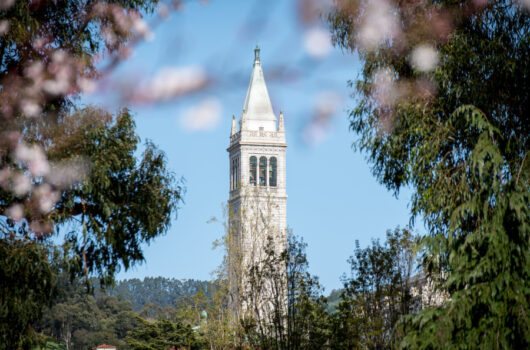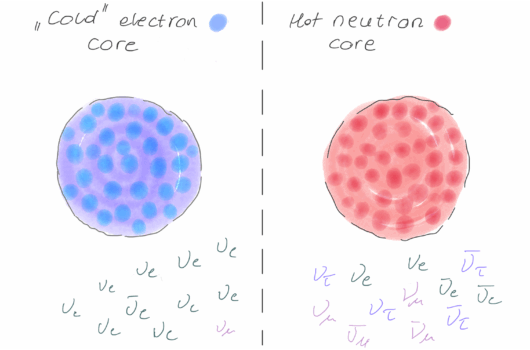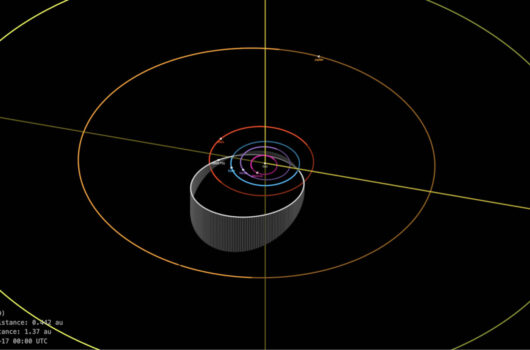Simulating Binary Neutron Star Mergers and their Multi-Messenger Signals
Simulating Binary Neutron Star Mergers and their Multi-Messenger Signals
Please contact divya.singh@berkeley.edu, tianqi.zhao@berkeley.edu, or klund@berkeley.edu for zoom links.
The rich phenomenology of binary neutron star mergers offers a unique opportunity to study general relativity, investigate matter at supernuclear densities, and learn more about the origin of heavy elements. As multi-messenger sources, they emit both gravitational waves and electromagnetic radiation across several frequency bands. The interpretation of these signals relies heavily on accurate numerical-relativity simulations that properly model the underlying physical processes. Using the latest updates of the BAM code, we perform general-relativistic radiation magnetohydrodynamic simulations of binary neutron star mergers with different spin configurations. To capture the dynamical ejecta as well as secular outflows from magnetic and neutrino-driven winds, we evolve the systems up to 100 ms after the merger and investigate magnetic field amplification, matter outflow, and ejecta composition. In addition, we extract the gravitational wave strain and compute associated light curves of the kilonova and its afterglow to obtain a full multi-messenger picture of the simulated systems.



